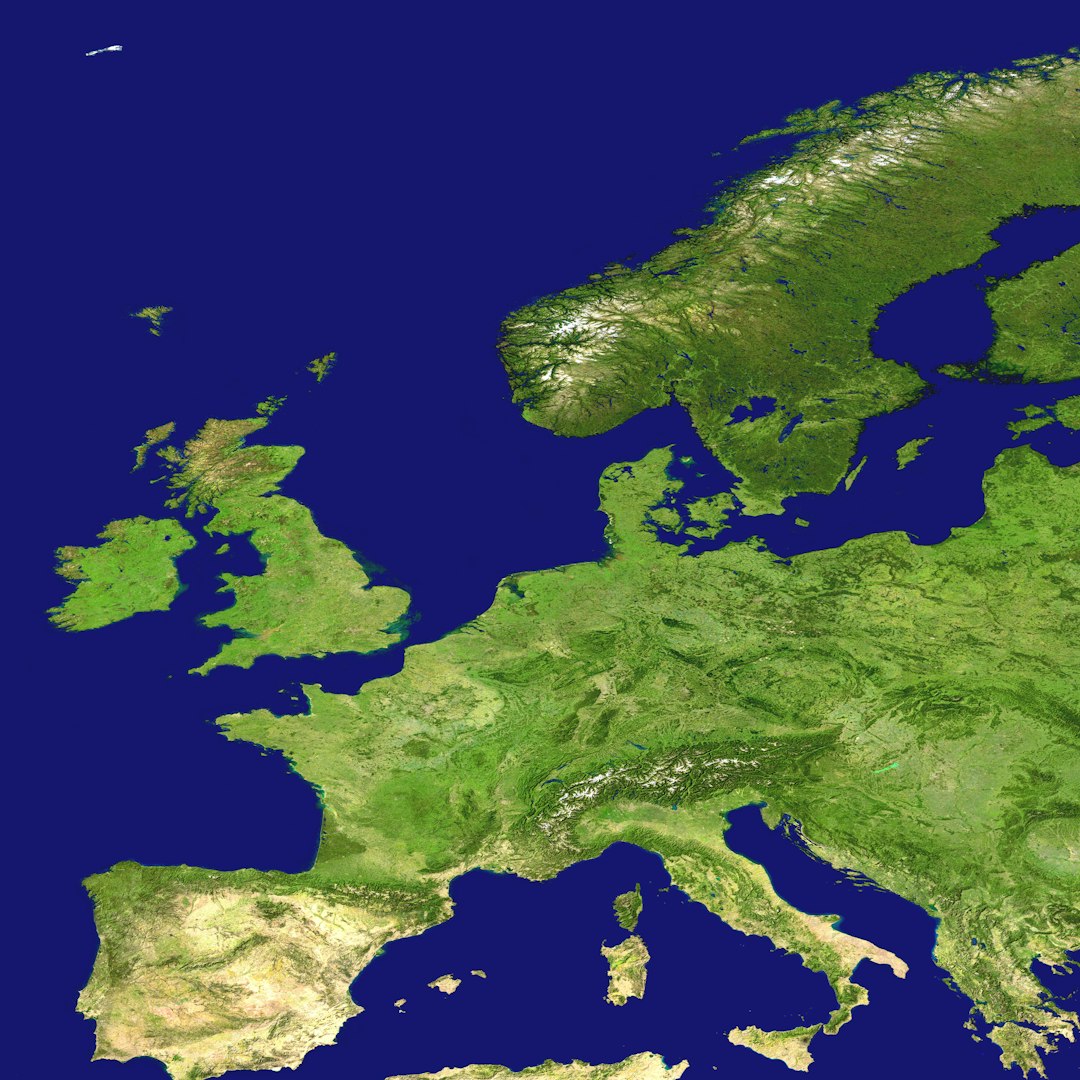Going to Europe is exciting! The castles, the food, the history! But if you don’t plan your mobile data ahead of time, you could end up with a scary phone bill. Don’t worry. There’s a super slick solution for this: eSIMs. They’re digital SIM cards that save money, time, and headaches. Let’s get into it!
What is an eSIM?
Think of an eSIM as a SIM card that lives inside your phone already. You don’t have to poke around with tiny plastic cards anymore. You just scan a QR code, and boom – you’re connected.
Most modern smartphones now support eSIM. If your phone is a recent model, it probably does too. Here are some examples:
- iPhone XS or later
- Samsung Galaxy S20 or newer
- Google Pixel 3 or newer
Check your phone’s settings to see if eSIM is available. Usually, it’s under Mobile Network or SIM settings.
Why use an eSIM in Europe?
Europe has an amazing thing called roam-like-at-home for EU countries. But guess what? That doesn’t help you if your SIM card is from the US, Canada, or Australia. So if you want to avoid roaming charges, using a local European plan is a smart move.
eSIMs allow you to:
- Save money – Local rates are way cheaper.
- Avoid SIM swaps – No more tiny plastic cards falling behind the hotel bed.
- Stay connected – No waiting for Wi-Fi or lining up at SIM kiosks.
- Keep your main number – Use your main SIM for calls, and eSIM for data.

How to get an eSIM for Europe
It’s surprisingly easy. You just need Wi-Fi and a few minutes.
- Pick an eSIM provider (don’t worry, we’ll talk about this below).
- Buy a plan online – you’ll get a QR code instantly or by email.
- Go to your phone’s settings and add the eSIM using the QR code.
- Choose your eSIM for data while keeping your regular SIM for calls if needed.
You can do this all from your couch. Or the airport. Or the hotel lobby in Rome while eating pizza.
Top eSIM providers for Europe
There are many helpful companies offering eSIM plans. Some focus on all of Europe, some only on certain countries. Here are a few favorites:
- Airalo – Super easy, global options, and popular for beginners.
- Nomad – Affordable and good speed across multiple countries.
- Holafly – Offers unlimited data options in Europe.
- Ubigi – Great for travelers needing high-speed in many EU cities.
Most of these have apps, too. So you can buy, top up, and manage your plan from your phone.
Single Country vs. Regional eSIMs
If you’re only visiting one country, say France, you might get a cheaper deal by choosing a local France-only eSIM. But if you’re city-hopping—Paris today, Berlin tomorrow—get a regional eSIM.
Here’s a quick breakdown:
| Type | Best For | Example |
|---|---|---|
| Single Country eSIM | Slow travel, one location | Staying in Italy for 3 weeks |
| Regional eSIM | Multiple countries in one trip | Visiting 6 countries in 10 days |
Some things to watch out for
Using an eSIM is simple, but there are a few things to remember.
- Data only – Most travel eSIMs don’t include calls or SMS.
- Compatibility – Make sure your phone is both unlocked and supports eSIM.
- APN settings – Sometimes you’ll need to enter a network name manually. Your eSIM provider will show you how.
- No physical SIM slot used – So your existing SIM stays safely in place!
Some mobile carriers still charge high prices even with eSIMs. Always compare and read the terms!
How much data do you need?
Let’s be real—there’s no Wi-Fi in the Alps or while you’re on a gondola. So it’s smart to plan your data ahead.
Here’s a rough idea what typical travelers might use:
- Social Media & Maps: 1–2 GB per week
- Streaming or video calls: 5–10 GB per week
- Emails, chatting, browsing: Less than 1 GB per week
Tip: Use your eSIM mainly for navigation, quick uploads, and hotel booking. Leave Netflix for hotel Wi-Fi!

Perks of eSIMs when traveling Europe
Still undecided? Let’s make it fun and clear. Here’s what makes eSIMs magical while traveling Europe:
- Instant access – No lines. No stores. Just scan and go.
- No lost SIM cards – Because it’s digital, you won’t drop it down an Italian drain.
- Stay online on arrival – Connect at the airport and order that Uber instantly.
- Work and play together – Great for remote workers and digital nomads.
Got more than one device?
Use eSIMs in your tablet, smartwatch, or second phone too. Some travelers keep one device for their home country, and use another solely with a European eSIM. It’s super handy!
Tips for making the most of it
Okay, here come the real-world pro tips. These will save you time and stress:
- Install the eSIM before your flight – That way, you can just hit “activate” when you land.
- Take a screenshot of the QR code – Just in case you lose internet when trying to activate it!
- Download offline maps – Google Maps lets you do this. Handy in subways or remote villages.
- Keep your main number active – You can receive texts (like bank codes) while using the eSIM for data.
- Check your app usage – Streaming eats data fast – save the TikToks for when you’re back on Wi-Fi.
Final thoughts
An eSIM is like your digital passport to smooth mobile travel. No searching for SIM cards or begging baristas for the Wi-Fi password. Just open your map, translate that menu, and snap all the pics you want.
Europe is ready for you. Your phone is ready too. So say goodbye to roaming fees, and hello to smarter travel!
Now go grab a croissant—and maybe that eSIM too.
